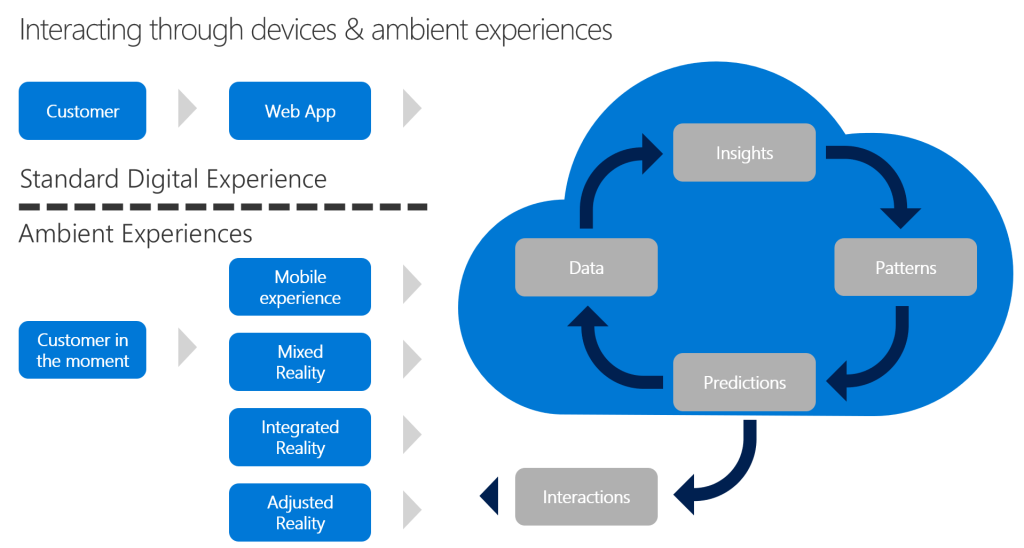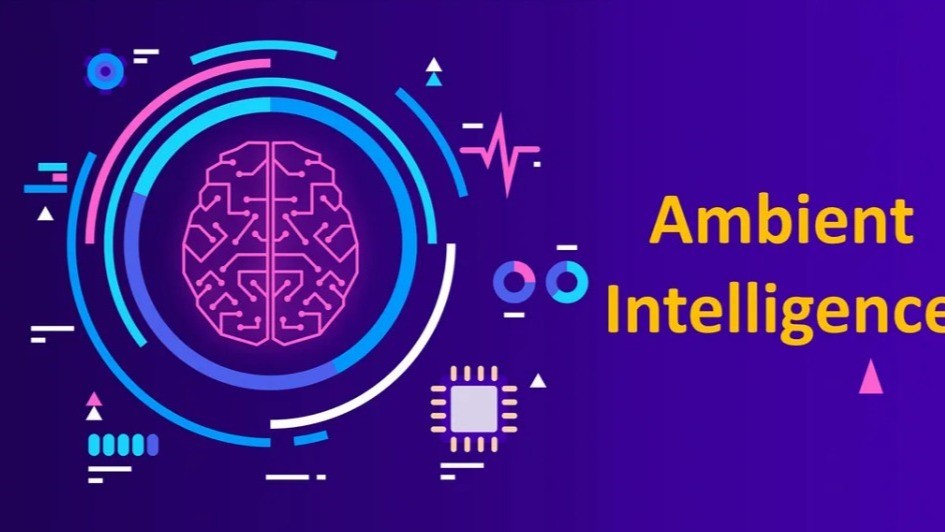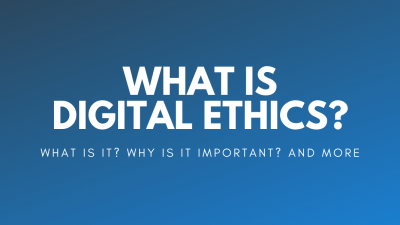Introduction
Imagine a world where your apps anticipate your needs, respond to your environment, and work quietly in the background—without you ever opening them. Welcome to the era of ambient apps: digital experiences that are context-aware, proactive, and nearly invisible. These apps don’t demand attention—they blend into your life, enhancing it seamlessly. Let’s see The Rise of Ambient Apps: Invisible Interfaces That Just Work.
In this blog, we’ll explore what ambient apps are, how they work, the technologies powering them, real-world examples, design principles, challenges, and what the future holds for this transformative UX paradigm.
What Are Ambient Apps?
Ambient apps are applications that operate in the background, using contextual data (like location, time, behavior, and environment) to deliver timely, relevant, and personalized experiences—often without direct user input.
They are:
- Proactive: Act before being asked
- Context-aware: Adapt to surroundings and user state
- Low-friction: Require minimal interaction
- Invisible: Blend into the environment
The Evolution of App Interfaces
| Era | Interface Style | User Role |
|---|---|---|
| 2000s | Desktop GUIs | Manual input |
| 2010s | Mobile touch UIs | Tap and swipe |
| 2020s | Voice and gesture | Conversational |
| 2025+ | Ambient interfaces | Passive, contextual |
Ambient apps represent the next step in this evolution—from interaction to intuition.
Core Technologies Behind Ambient Apps
🧠 Artificial Intelligence (AI)
- Predicts user needs
- Learns from behavior
- Powers personalization
📍 Sensors & IoT
- Detects motion, light, temperature, and proximity
- Enables environmental awareness
🗣️ Natural Language Processing (NLP)
- Understands voice commands and context
🌐 Edge Computing
- Processes data locally for faster, private responses
🧭 Geolocation & Geofencing
- Triggers actions based on user location
Real-World Examples of Ambient Apps
🏠 Smart Home Assistants
- Google Home or Alexa adjust lighting, temperature, and music based on routines.
🧘 Wellness Apps
- Apple Health nudges you to breathe or stand based on inactivity.
🚗 Navigation Apps
- Waze reroutes you automatically based on traffic without needing input.
🛒 Retail Experiences
- Amazon Go stores use ambient tech to track purchases without checkout.
📅 Calendar & Productivity
- Google Calendar suggests meeting times and locations based on your habits.

Designing for Ambient UX
1. Context is King
Design for the moment. What does the user need right now?
2. Minimal Interfaces
Use subtle cues—like haptics, ambient lighting, or sound—instead of screens.
3. Proactive, Not Intrusive
Offer help before it’s needed, but don’t overwhelm.
4. Seamless Transitions
Ensure continuity across devices and environments.
5. Privacy by Design
Be transparent about data use and give users control.
Benefits of Ambient Apps
✅ Frictionless UX
No need to open, search, or tap—apps just work.
✅ Hyper-Personalization
Experiences are tailored to individual behavior and context.
✅ Time-Saving
Reduces cognitive load and decision fatigue.
✅ Accessibility
Helps users with disabilities by reducing interaction barriers.
Challenges and Ethical Considerations
⚠️ Privacy Concerns
Ambient apps collect sensitive data. Transparency and consent are critical.
⚠️ Over-Automation
Too much proactivity can feel invasive or annoying.
⚠️ Context Misinterpretation
Incorrect assumptions can lead to poor user experiences.
⚠️ Dependence on Ecosystems
Ambient apps often rely on closed platforms (e.g., Apple, Google, Amazon).
Ambient App Design Patterns
🔄 Trigger-Action Loops
“If this, then that” logic based on context.
🧠 Behavioral Modeling
Apps learn from past actions to predict future needs.
🌈 Subtle Feedback
Use ambient light, sound, or haptics to confirm actions.
🧩 Modular Interfaces
UI elements appear only when needed.

Industries Embracing Ambient Apps
🏥 Healthcare
- Medication reminders
- Passive health monitoring
🏢 Workplace Productivity
- Smart meeting rooms
- Context-aware task management
🛍️ Retail
- Personalized in-store experiences
- Smart shelves and signage
🧳 Travel & Hospitality
- Room automation
- Location-based concierge services
The Future of Ambient Apps
1. Ambient AI
AI that understands mood, tone, and emotion to adapt responses.
2. Spatial Computing
Apps that interact with physical space using AR and sensors.
3. Digital Twins
Personalized digital replicas that anticipate your needs.
4. Zero UI
Interfaces that rely entirely on voice, gesture, and presence.
Conclusion
Ambient apps represent a shift from user-initiated interaction to system-initiated assistance. They are the quiet companions of the digital age—always present, always helpful, and increasingly invisible. As we move toward a world of intelligent environments and context-aware computing, ambient apps will become the norm, not the exception.
Designers and developers must embrace this shift with empathy, responsibility, and a deep understanding of human behavior. Because the best interface is the one you don’t even notice.





